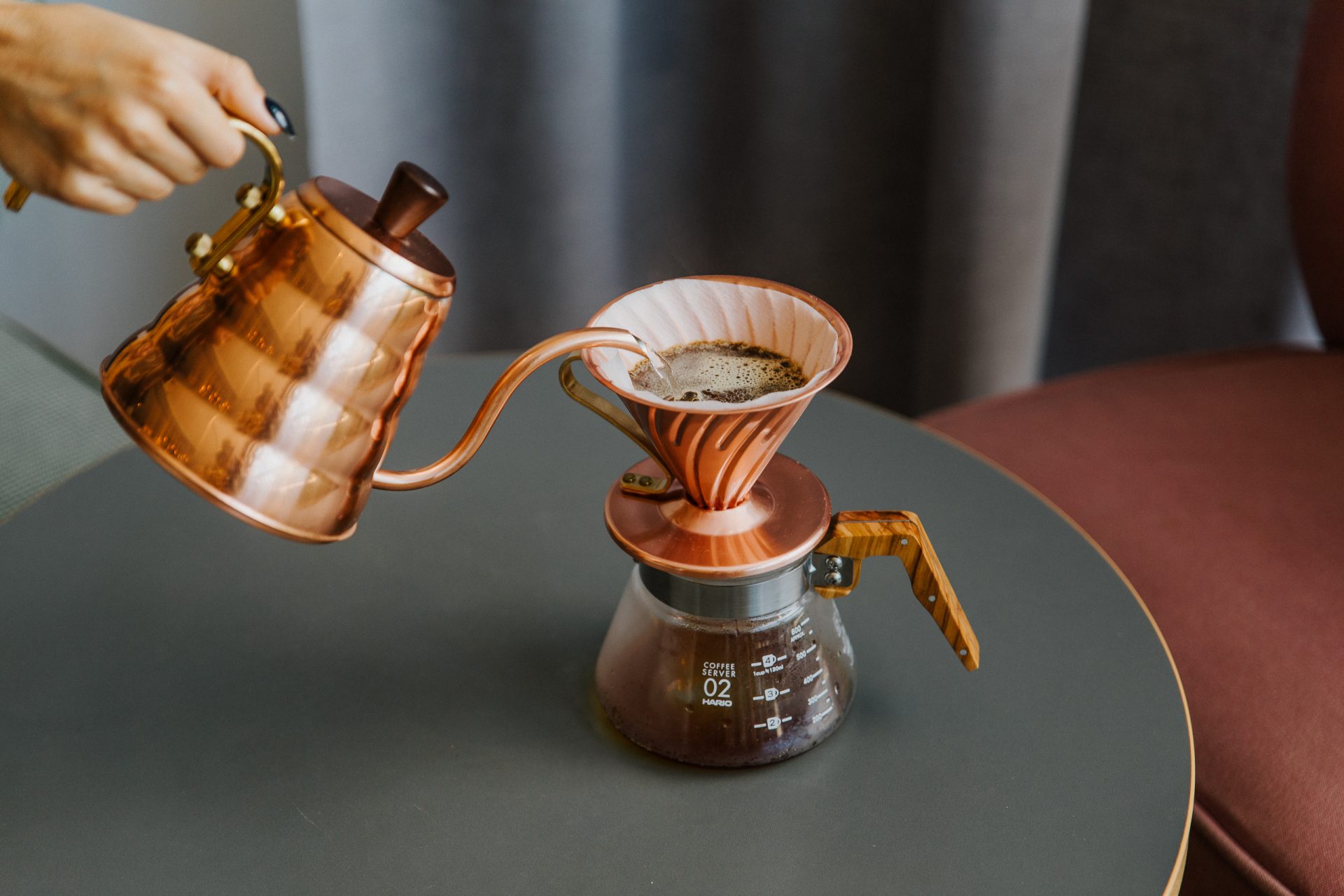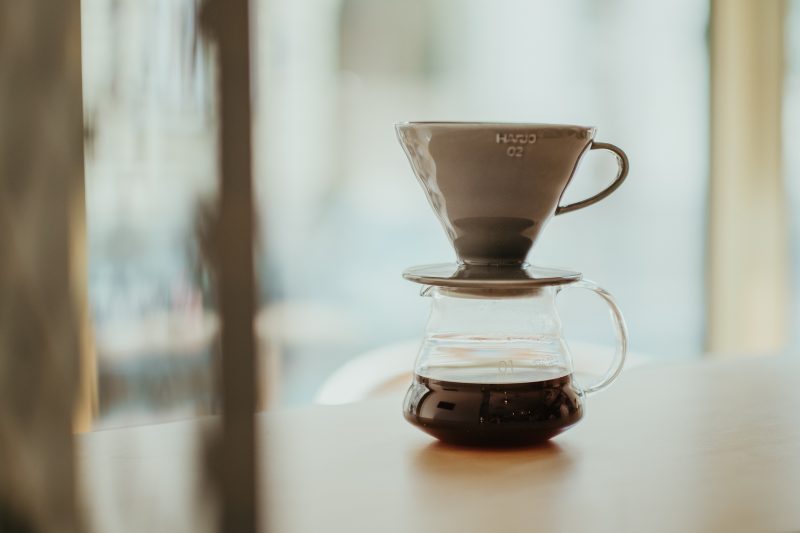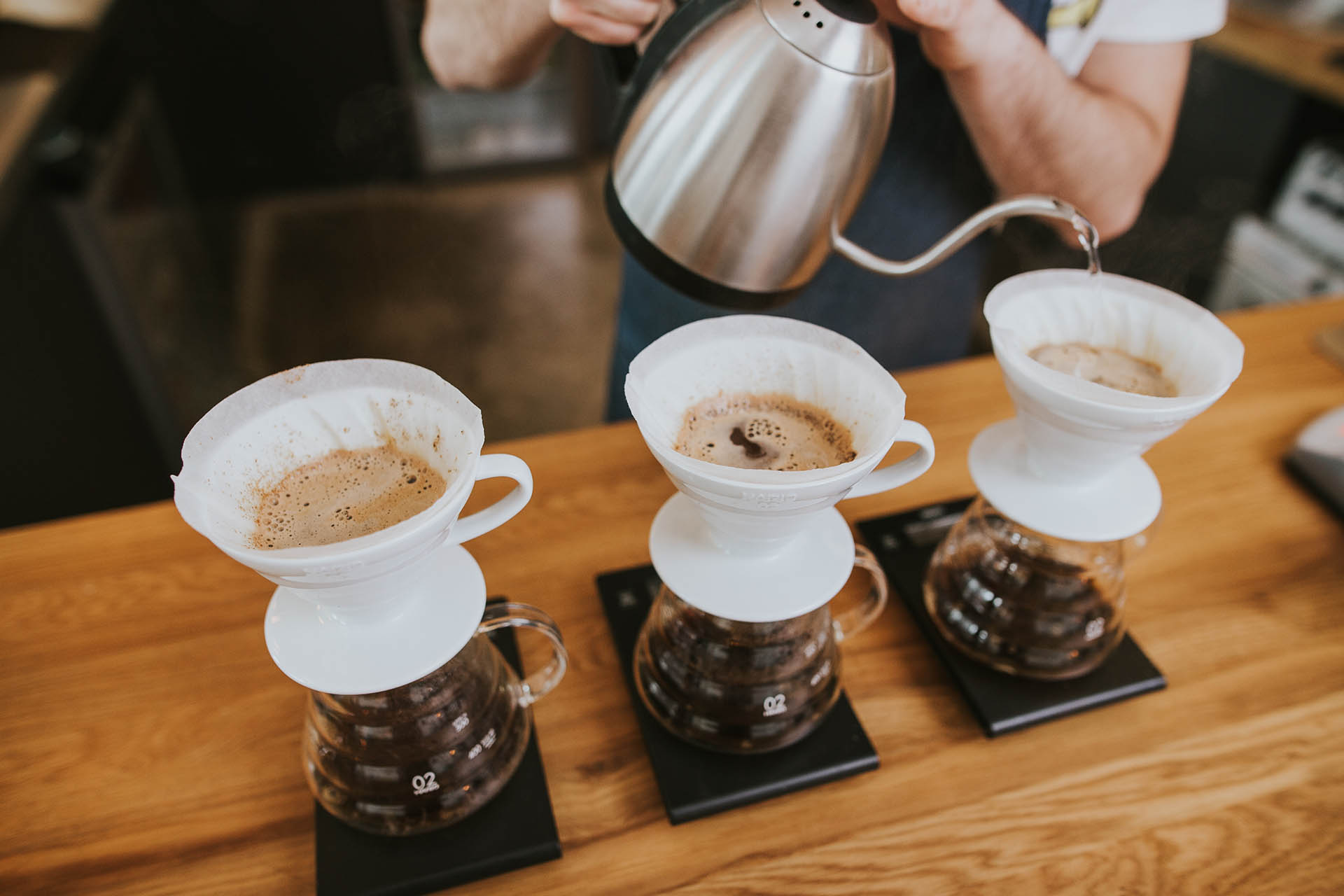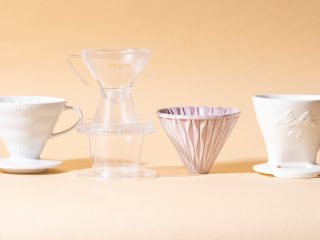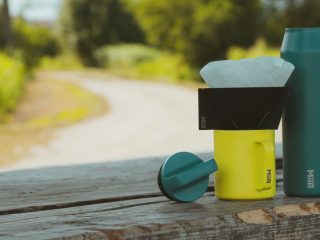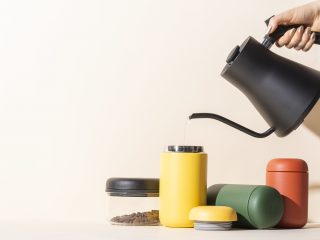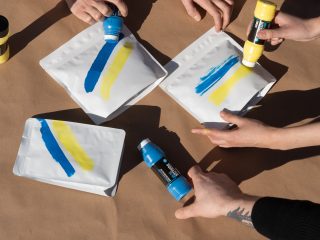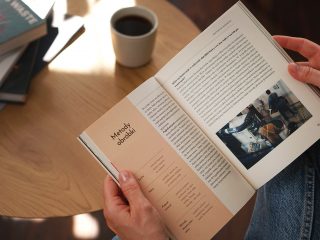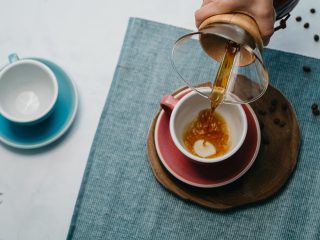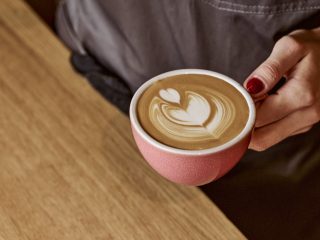Drip coffee. This term stands for coffee revolution, fresh and fragrant single origins of highest quality, delicious taste and slow coffee. When you first discover these new and delicious taste territories, you can’t overlook drip coffee and its influence on alternative brewing.
Old novelty
What is drip coffee? This depends on how we look at it. Technically, it is any appliance which uses filters and pours water over ground beans to make coffee. So it can be the Hario V60, Chemex, Wilfa Svart Manuell, Chomka, Melitta, Kalita, but also any no-name product.
The word drip means to fall in small drops. Well-brewed coffee, however, shouldn’t drip, but rather fall freely in a single thin stream. But let’s leave it for now; first, we need to discuss another really important matter.
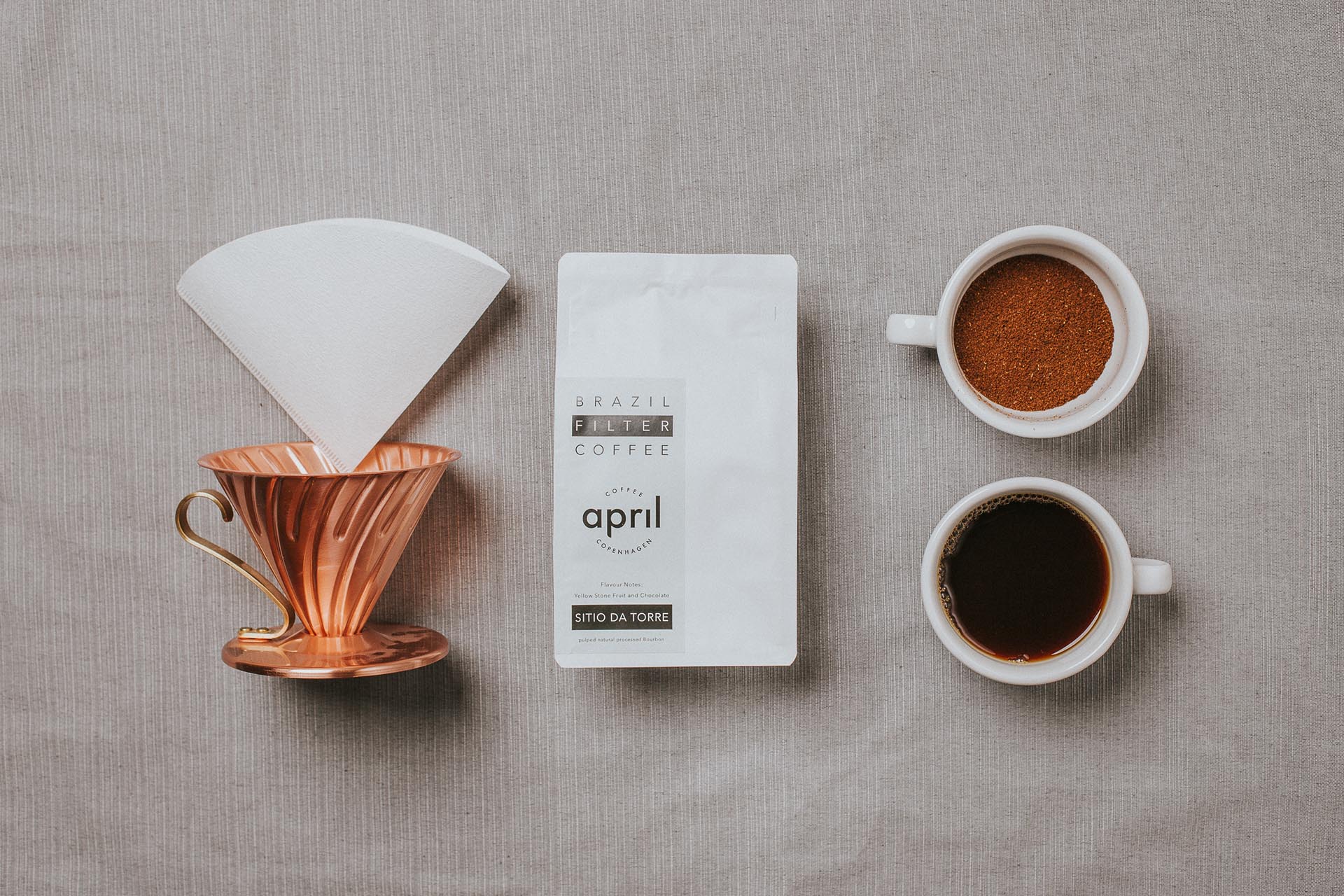
I mentioned the technical side. And yet, theory is one thing; practice and habits are another. It is customary to use the word ‘dripper’, meaning by that just one particular device: the Hario V60 which we mentioned in the first paragraph.
This dripper was brought to the coffee geeks’ attention by the third-wave coffee revolution, which is all about quality coffee and pour-over methods in place of espresso italiano. This is also where the name of alternative brewing comes from: coffees made this way are alternative to those brewed in a pressure coffee maker. Paradoxically, the pour-overs were invented earlier, but lost their importance due to the popularity of Italian espresso.
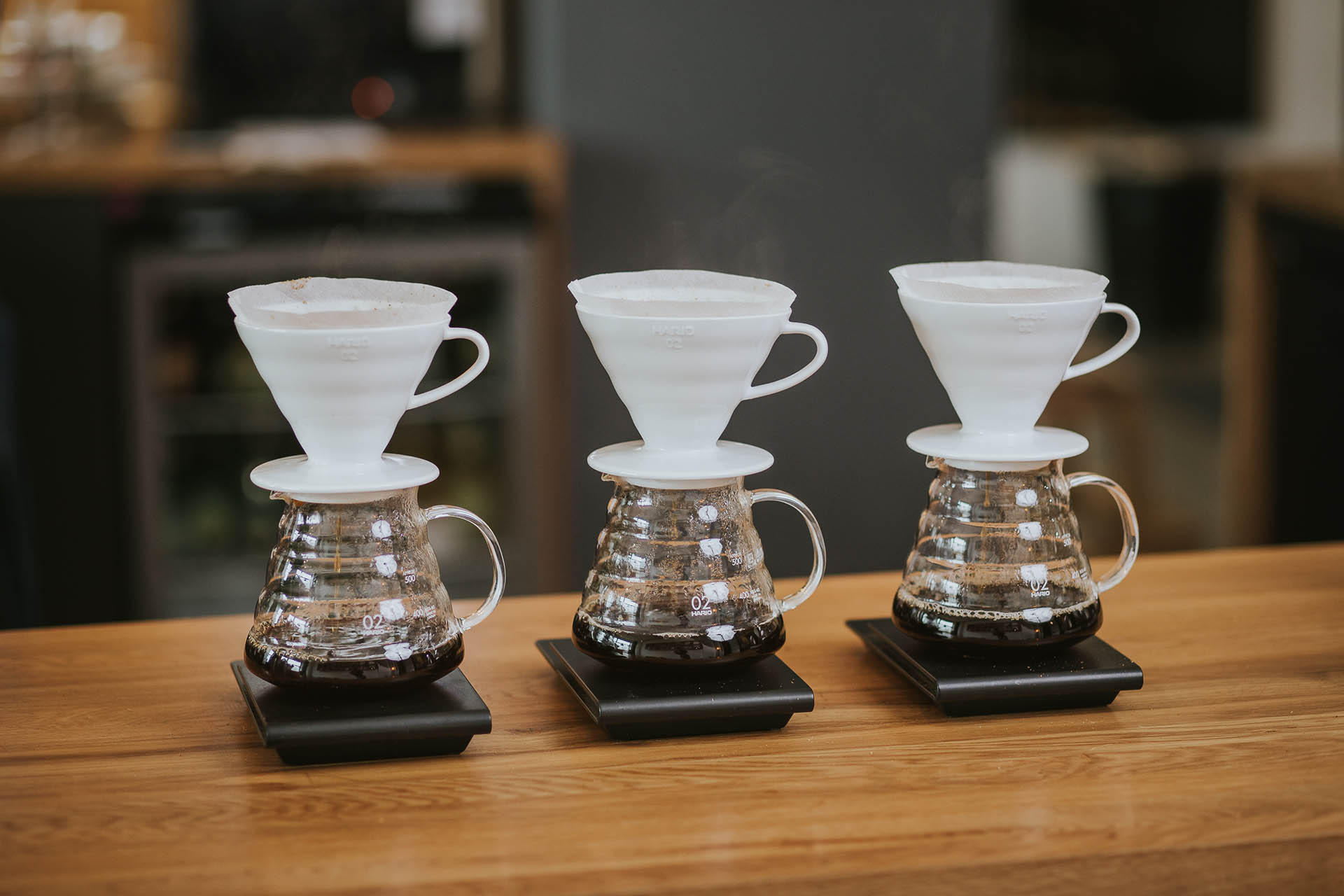
So the V60 Dripper
Since, for the sake of the text, we have already made this complicated story a bit simpler, let’s now consider our social practices and say more about the dripper or, in other words, the V60. Which, in my opinion, is one of the simplest and best ways of making good coffee.
Of course, there are other brewing methods great for the beginning and easier to follow, such as the AeroPress. The dripper, however, gives you more opportunities and helps you discover the light, sweet and clear nature of homogenous coffees.
Shapes, sizes, materials…
When you first start looking for your dripper, you will notice that the choice is very wide. You can choose between ceramics, glass, metal or plastics. You will soon come across the latter when searching for the V60, especially from Hario.
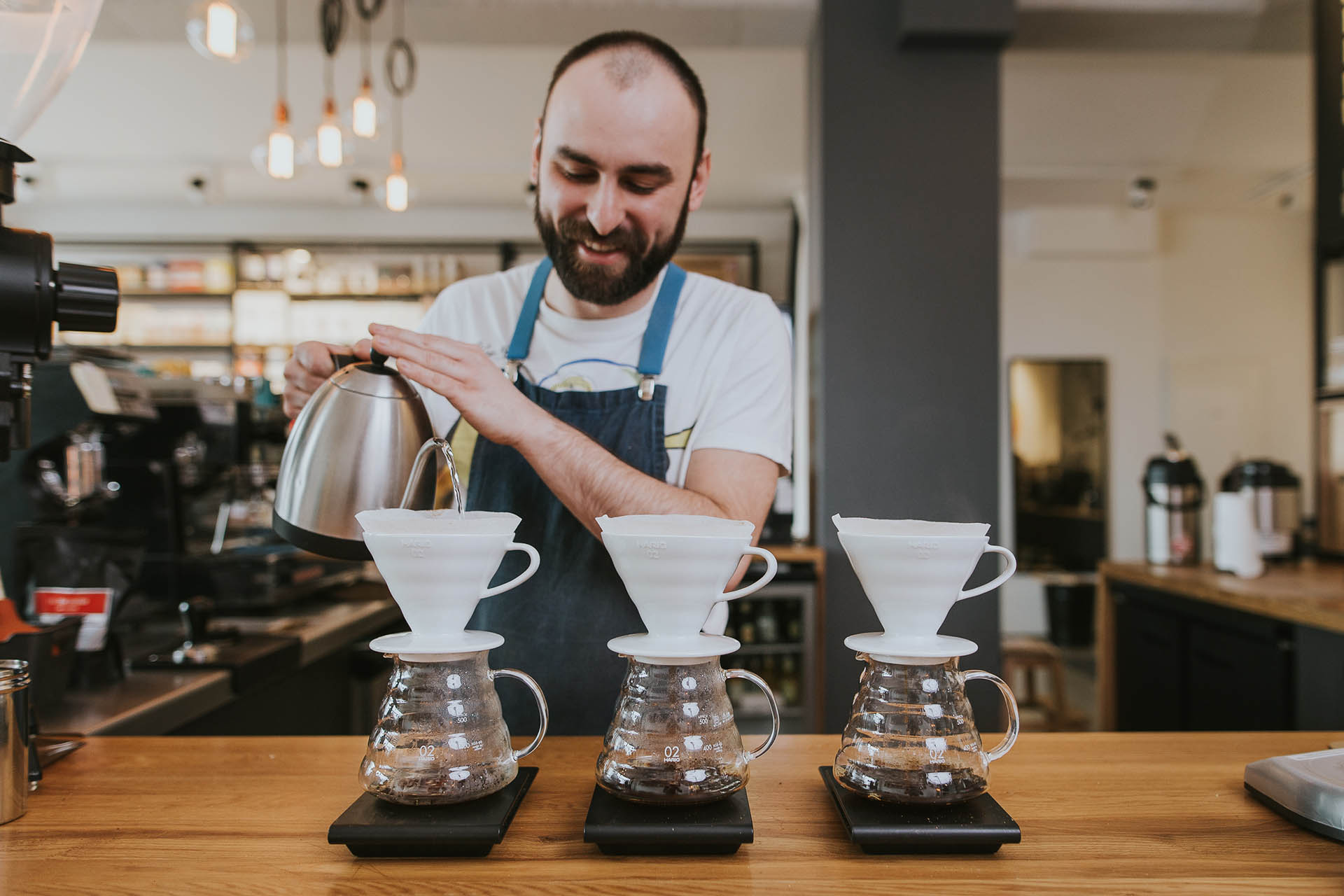
How do they differ and does this really impact on the brewing process and the taste of the cup? You should actually begin by considering your preferences and the size of your wallet. In case of the Hario drippers, their structure, size and ribbing are identical, regardless of whether they are made of glass or plastics. What you may want to consider is temperature stability while brewing. However, when you brew drip coffee at home, not outside in the cold, wind or rain, the materials the device is made of don’t matter so much anymore. The more so since the appliance should be warmed up before each use; we’ll talk about it later.
So choosing between glass and plastics depends on your preferences and on how much damage you are planning to do to the dripper. Plastics will be better for transportation, whereas copper and china will look more stylish in a modern kitchen.
It is also worthwhile considering the size: 01 or 02, and recently also 03. The first one can contain about 25g of coffee, which translates into a 350ml beverage. With 02, you can produce a 500-600ml beverage; with 03, even up to 750ml. Of course, you can exceed those limits; we are presenting optimal recipes here.
Brewing!
Let’s pass to the most important thing: drip coffee brewing. What you most certainly need is a burr coffee grinder. Without it, you can’t even think about making good coffee, which, on the other hand, should be appropriate too. Drip coffee is a typical example of alternative coffee brewing, as we said at the beginning of the text. Because of that, homogenous coffees, also called single origins, are the best option: in one bag, you will find coffee originating from one region, the same batch, the same farm or co-operative. Drip coffee lets you discover the essence of terroir of a given region and the fullness it has to offer.
Next, we need properly-sized filters, a jug, server or mug into which we will pour coffee. Other extremely helpful accessories include scales and a timer. Drip coffee grind should be rather coarse; coarser than for Moka pot, finer than for Chemex. The grind structure should resemble sand. You should aim at no more than 3 minutes of brewing on the whole. How much coffee should you use? The basic drip coffee ratio is 6g/100ml or 1:15 (1g of coffee to 15g of water). Before the brewing begins, remember to put the filter into the dripper and pour hot water over it. That way we rinse the filter and prevent the paper taste in our coffee; second, we warm the device up.
Having done all this, you should place the dripper on top of the vessel, then place both on the scales, pour the coffee in, start the timer and start pouring water over the coffee. The water should be at about 90-95 degrees. Don’t use boiling water! At the beginning, pour in only a small amount of water to cover the ground coffee and leave it for 30 seconds. This will kick off the so-called bloom, when coffee particles soak and open, which brings out more flavour during brewing. After that, start pouring coffee with slow, circular movements, the liquid not touching the sides of the filter. Don’t pour everything in one go, but in 2-3 pours (you don’t have to wait for everything to pass through; you should keep pouring water instead).
It would be perfect if you had a special kettle for alternative brewing methods. Using it makes it easier to control the water flow and pour coffee accurately.
The effect?
As I said, drip is the first real alternative coffee brewing method.You don’t take half-measures anymore, you don’t mix bitter, dark coffee with refreshing single origins… No. This option is for those who really want to enter the rich universe of homogenous coffees, those who aren’t afraid of fruity notes, pleasant acidity, sweetness and clarity.
The dripper will give you a clear brew with an easily discernable flavour profile of a particular coffee. At the same time, this coffee won’t be as subtle as the one from Chemex. Its body will be heavier and sweeter.
The aroma can be made up of some interesting notes typical of a particular coffee type, such as red fruits, tropical fruits, chocolate or nuts. Everything depends on the type of grounds used and nothing will stand in the way of our perception. Everything comes down to our nose, senses and coffee.
You really should give the dripper a chance and let it inside your kitchen. There is a sound reason why this appliance, this method became the most popular at quality speciality coffee shops. We have seen many mutations of this method appear on the market, they all have their niche markets and enthusiasts, but if somebody introduces alternative coffee brewing methods on their premises, they are bound to use the V60. Do it yourself if you haven’t done it yet!

